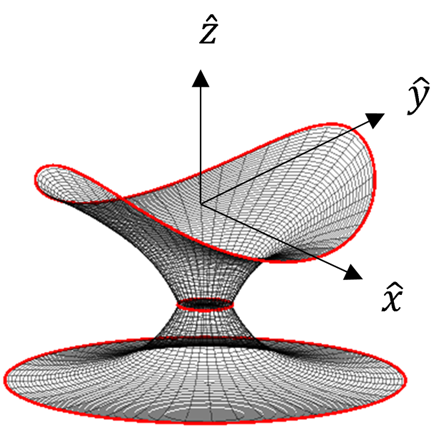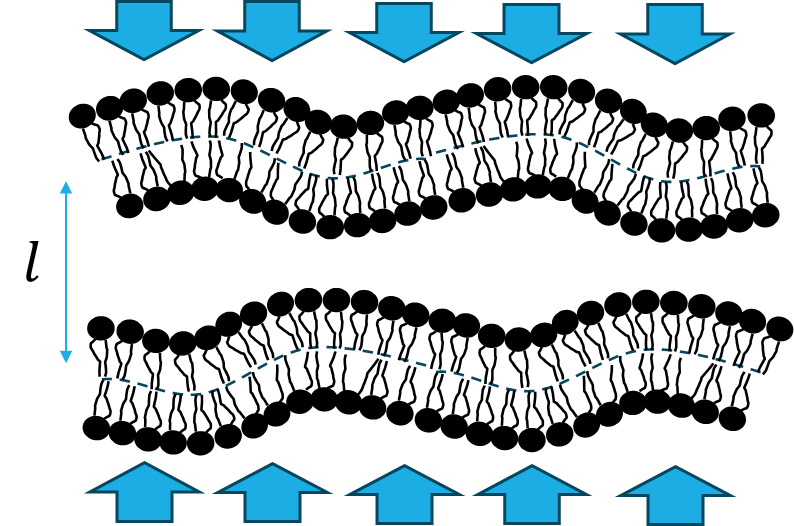Theory of Membrane Fusion and Fission
Membrane topological changes are essential for numerous biological processes and are fundamental to life. Membrane fusion occurs during fertilization, muscle cell formation, and intercellular and extracellular trafficking. Membrane fission plays a key role in processes such as exocytosis, mitochondrial division, cytokinesis, reshaping of the endoplasmic reticulum and Golgi apparatus, and the release. Despite the diversity of these processes, they share a common pathway involving a series of lipid rearrangement steps. The energy associated with these steps determines the energy barriers to membrane fusion and fission, and the rates at which these processes occur.
Fusion (viral entry) and fission (viral release) are critical steps in the enveloped virus life cycle. As a result, both viruses and host cells have evolved opposing mechanisms to control the magnitude of these energy barriers to suit their needs. Viruses have developed strategies to lower the energy barriers, facilitating their entry into cells via the plasma and endosomal membranes. In contrast, cells have evolved mechanisms to increase these energy barriers, strengthening their defenses against viral invasion. Our interest is to use physical modeling and computer simulations to better understand this tug-of-war between host and pathogen.





